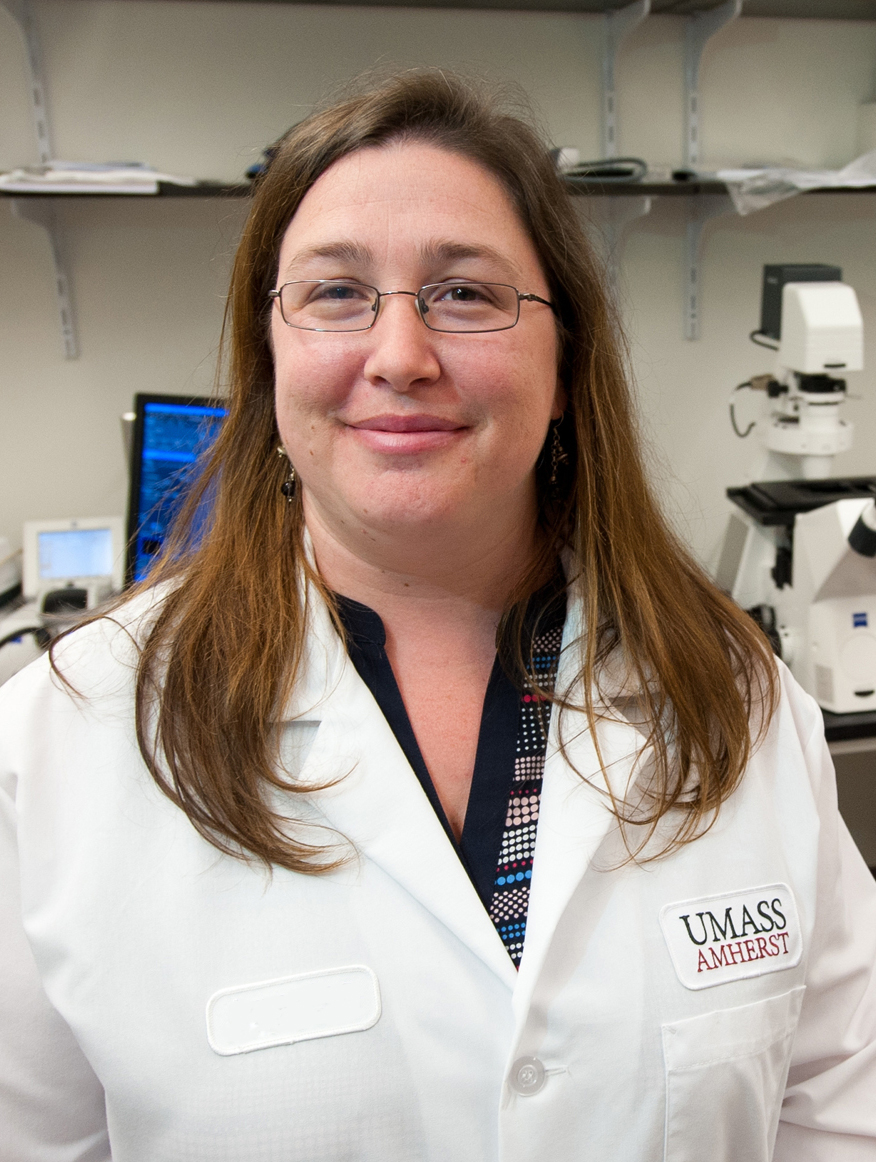Distract, Dismiss, Delay: How industries and organizations manufacture doubt, to the detriment of environmental health
1:00 pm US Eastern Time
Slides & Resources
Slides
Resources
Godberg, R., Vandenberg, L. Distract, delay, disrupt: examples of manufactured doubt from five industries. Reviews on Environmental Health. 34(4). DOI: 10.1515/reveh-2019-0004.
Michaels, D. Doubt is Their Product: How Industry's Assault on Science Threatens Your Health. New York: Oxford University Press; 2008.
Rosen, C., Markowitz, G., Rosner, D. Deceit and Denial: The Deadly Politics of Industrial Pollution. Journal of Public Health Policy. 9(1). DOI: 10.2307/3985958.
Oreskes, N., Conway, E. Merchants of Doubt: How a Handful of Scientists Obscured the Truth on Issues from Tobacco to Global warming. New York: Bloomsbury Press; 2011.
Nestle, M. Unsavory Truth: How Food Companies Skew the Science of What We Eat. New York: Basic Books; 2018.
Aviv, R. A Valuable Reputation: After Tyrone Hayes said that a chemical was harmful, its maker pursued him. New York: The New Yorker; 2014.
The Center for Public Integrity. Breathless and Burdened.
"Manufactured doubt" is a term used to describe actions taken by organizations or individuals to obscure the harmful effects of their products or actions by manipulating scientific evidence. Perhaps the most well-known example comes from the tobacco industry, which developed a "play book" of techniques and approaches that could be used to spread disinformation in defense of their products. This topic has received much attention from experts in Occupational Health and Environmental Historians including Dr. David Michaels and Dr. Naomi Oreskes, among others. What Dr. Vandenberg and co-authors wanted to do was to examine five different industries or organizations that have developed and used strategies to manufacture doubt. They selected tobacco and human health outcomes; the coal industry and black lung; Syngenta and the herbicide atrazine; the sugar industry and heart disease; and the Marshall Institute and other associated individuals with climate change. In their first manuscript, they told the stories of these five industries and summarize the various tactics each one used. In their follow-up manuscript, they used these stories to answer a number of questions: What are the essential features of manufactured doubt? Are there tactics that remain unique to one industry, and why? Who are the intended audiences for these strategies? What is the role of funding in manufactured doubt? And, who can manufacture doubt?
Featured Speaker
 Dr. Laura Vandenberg is an Associate Professor and Graduate Program Director in the Department of Environmental Health Sciences in the University of Massachusetts Amherst School of Public Health and Health Sciences. Trained as a developmental biologist and endocrinologist, Dr. Vandenberg’s laboratory research focuses on how low level exposures to endocrine disrupting chemicals, and in particular compounds that mimic estrogens, can induce diseases. She is especially interested in the effects of estrogenic compounds on breast cancer and works to determine when individuals are most susceptible to these exposures. Outside of the lab, her research critically evaluates issues that affect risk and hazard assessments for endocrine disrupting chemicals including low dose effects, non-monotonic dose responses, critical windows of susceptibility, routes of exposure, and testing methods. Dr. Vandenberg is an author on more than 85 peer reviewed papers and ten book chapters. She has served on a number of US and international expert panels to assess endocrine disrupting chemicals and is regularly asked to speak at conferences around the world.
Dr. Laura Vandenberg is an Associate Professor and Graduate Program Director in the Department of Environmental Health Sciences in the University of Massachusetts Amherst School of Public Health and Health Sciences. Trained as a developmental biologist and endocrinologist, Dr. Vandenberg’s laboratory research focuses on how low level exposures to endocrine disrupting chemicals, and in particular compounds that mimic estrogens, can induce diseases. She is especially interested in the effects of estrogenic compounds on breast cancer and works to determine when individuals are most susceptible to these exposures. Outside of the lab, her research critically evaluates issues that affect risk and hazard assessments for endocrine disrupting chemicals including low dose effects, non-monotonic dose responses, critical windows of susceptibility, routes of exposure, and testing methods. Dr. Vandenberg is an author on more than 85 peer reviewed papers and ten book chapters. She has served on a number of US and international expert panels to assess endocrine disrupting chemicals and is regularly asked to speak at conferences around the world.
This webinar is one in a monthly series sponsored by the Collaborative on Health and the Environment’s EDC Strategies Partnership. The CHE EDC Strategies Partnership is chaired by Sharyle Patton (Commonweal Biomonitoring Resource Center), Jerry Heindel (Commonweal HEEDS, Healthy Environment and Endocrine Disruptor Strategies), and Genon Jensen (HEAL) and coordinated by Hannah Donart (Collaborative on Health and the Environment, a Commonweal program). To see a full list of past calls and webinars related to EDCs and listen to or view recordings, please visit our partnership page.
This webinar was moderated by Sharyle Patton, Director of the Commonweal Biomonitoring Resource Center. It lasted for 30 minutes and was recorded for our call and webinar archive.


